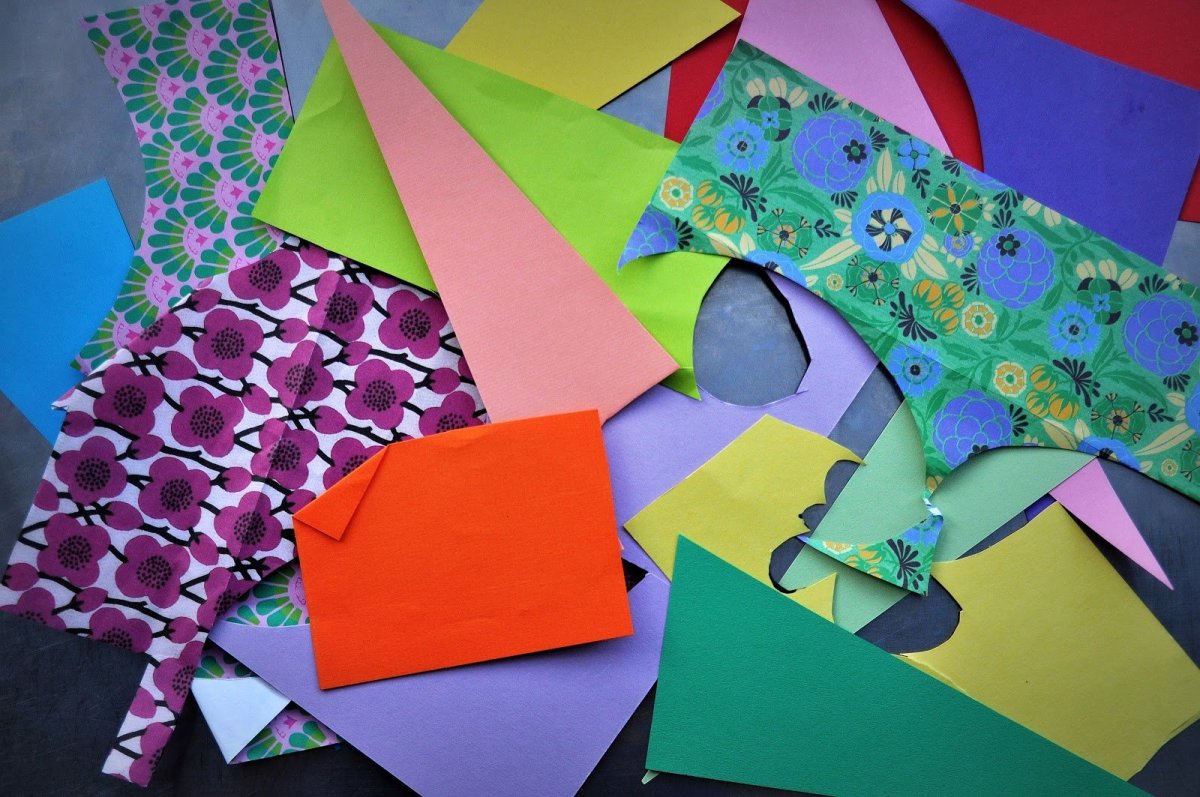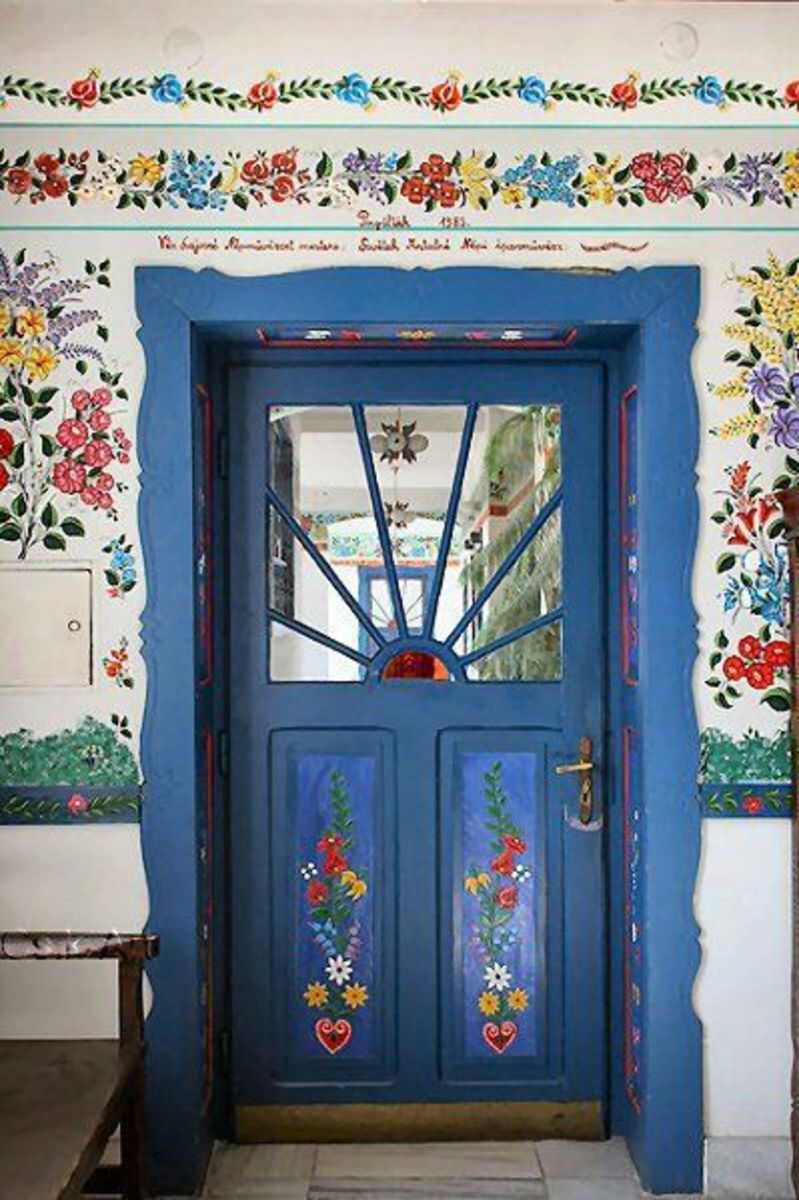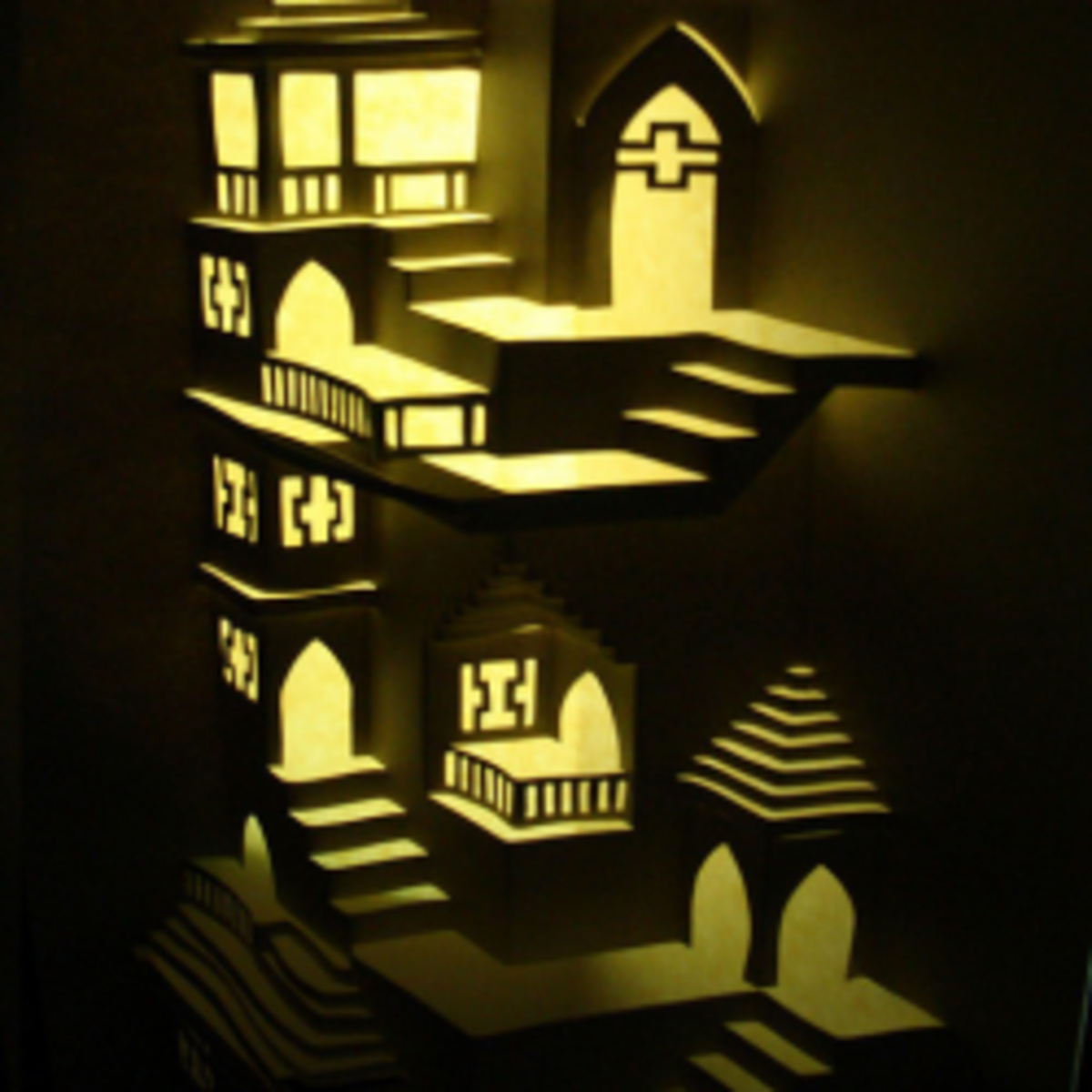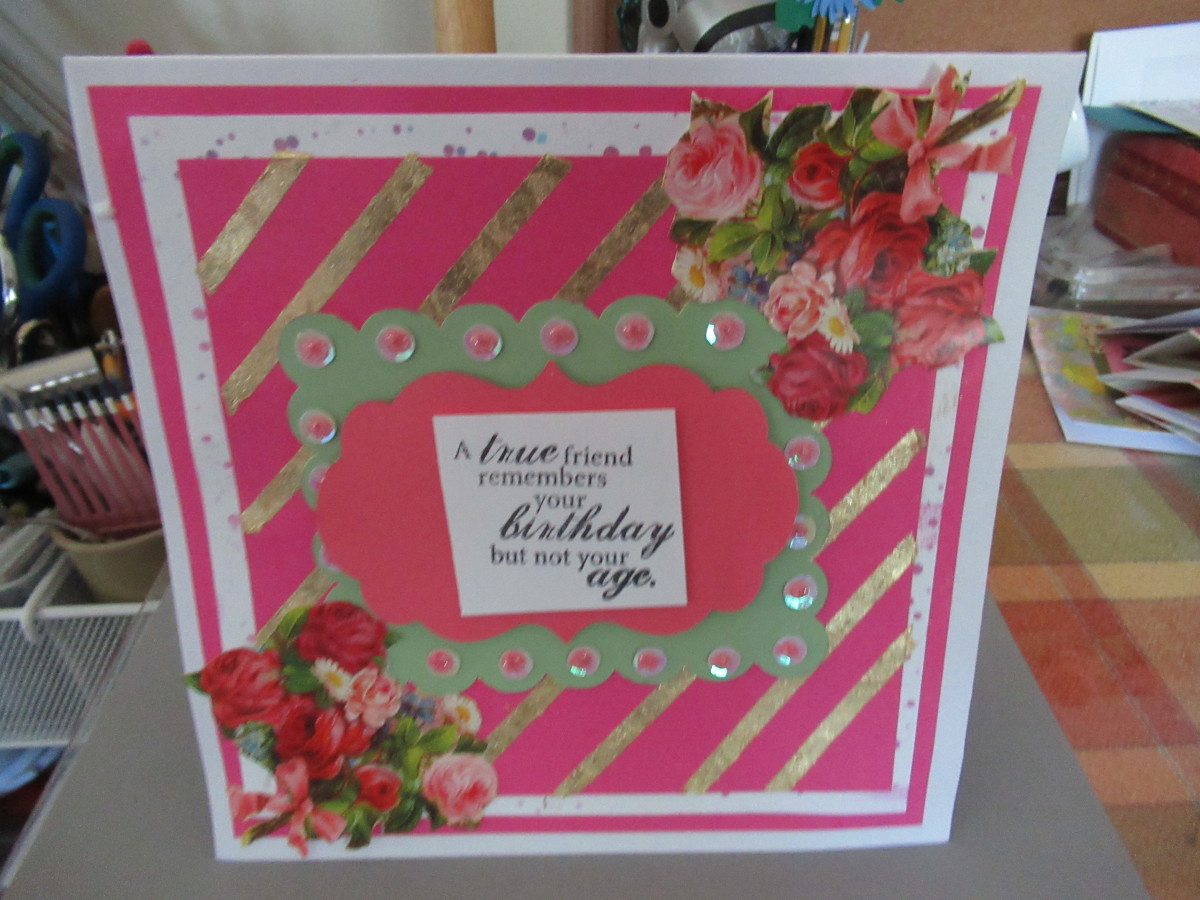What is Sanzi?...Know this Paper cut - Folk art
Sanzi is a creative art and handicraft developed by ancient Chinese folks. The attractive designs that bloom out in colorful paper is used for decorative purposes. Whenever there are any celebrations in the temple, for graphic designing work, or in the cotton made garland called Gejje vastra , animation movies etc., they have been very impressive and wonderful.
Sanzi…here and there
According to general opinion, world’s most ancient folk art, Sanzi was born in China. It was most popular hobby of china in the ancient days. Paper was invented by China, so naturally they might be the pioneers who invented this kind of special art. The women in China are said to be the ones who were responsible for this art. But along with China or before their involvement in this art, Indians also were specialized in it. There are many such examples in the Indian traditions and many of the celebrations. One such example is the beautifully designed headgear of the bridegroom. The major portion of decorations in the marriages of Malnad region has colorful paper cut design. There are expert who cut these designs in an attractive manner.
A house spends nearly Rs. 6000/- just for this decoration. Women in this region exchange the bagina during Gowri habba (Festival) as a token of friendship or relation ship. Bagina contains beetle leaves, bits of arecanut some times banana or flower etc. Even this bagina is also covered with colorful paper cut designs. Cotton made gejje vastra a garland (like creation) also contains colorful glossy paper cuttings.
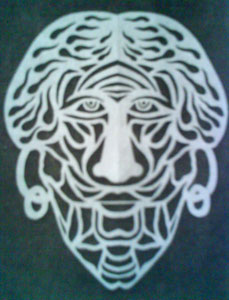
In a traditional family marriage, in Malnad region, bride groom's head gear has designs made of beautiful color paper. The marriage mantap(main stage set for marriage) is decorated with traditional style of color paper cut designs. Glossy paper cutting attract one and all who gather for this celebrations. The cot arranged for the first night of the couple also get decorated fully with paper cut flowers and creeper designs. The art that attracts the people gathered there is none other than Sanzi. These mind blowing designs cut out of paper is a folk art in India and has been a part of decoration since ages. Not only in wedding but also in decorating the temples during festivals and other celebrations. So, it is more popular as Temple art - Sanzi . Simply, it can be called as art of paper cutting.
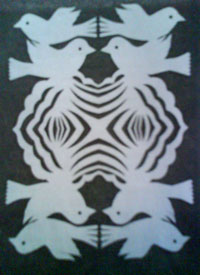
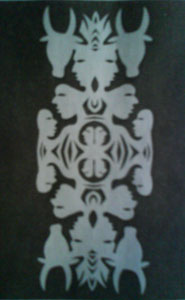
Muslims living in districts such as Gulbarga, Bidar, and Bijapur of Karnataka have a tradition of sending sweets in beautiful baskets. The sweets are sent to bride’s house during marriage. These baskets are covered with red and green colour paper cut designs over them.
The most ancient Indian art, Rangoli also depends on Sanzi. The designs created in rangoli are made possible with the help of variety of paper cuttings and styles. Papers are folded and cut proportionally and then spread on the floor. Colorful rangoli powder is filled within the cut designs. Paper is then lifted carefully to get a colorful rangoli design. Even during festivals and other celebrations in the temple, rangoli was by and large spread in similar fashion. Some of the world famous temples in India have designs on the ceiling, window and gallery which are of Sanzi style.
Even today, in public meetings and conferences the decorations will be mainly done with paper cuttings. In the border regions of Tamilnadu and Karnataka people constructing houses have a practice of decorating walls with designs they will be mostly of crimson red color. Some are pure Sanzi whereas some are modified ones. It is obvious that the art has come along with these traditions and has been in practice since long time.
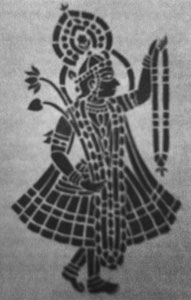
Kirigami and Origami
Chinese women showed interest in paper cut designs to improvise their hairstyle. Color papers were rolled on to the hair to make it look more beautiful. They called it Kirigami . Kiri means to cut. Gami is the paper. Thus paper cutting art became Kirigami . Acccording to Historians the hobby got developed first in the Xinjiang province of China.
There were evidences to prove that the art existed during 5th and 6th century B.C. So, the researchers came to a conclusion that the art was in practice much before that period.
Later, it was introduced in the religious activities also and finally entered homes as home decorator. During the 13th and 14th centuries, the visitors and businessmen who entered China popularized it. They spread this art form, far and wide.
Origami is also a Chinese and Japanese paper craft. In the kirigami method, paper is folded many times and cut. But in Origami, even though the paper is folded to get designs, it will not be cut. The paper boats and planes created by children, is a good example for Origami.
Origin of the word, Sanzi
The origin of the word, Sanzi could not be confirmed. Hindi word used for decoration sajawat or sajja may be the cause of origin. Some people say sandhya a Sanskrit word may be behind the origin of this word. Hindi word saanj (evening) might also be behind the origin. Couples in the parts of Mathura and brindavan used to spend their evenings in the verandah outside their houses by creating sanzi designs in between casual talks. Sanzi creation has also been related to the periods of epics like Ramayana and Mahabharata.
People in the north India have an opinion that sanzi originated from the love radha had towards Krishna. Radha used to draw designs on the walls when she was immersed in deep love towards Krishna. Her followers or gopikas got encouraged with this and started drawing beautiful designs in their houses too. This hobby later was transformed to paper cutting art which was popular in the same region. Even today Sanzi artists are more in this region. Designs drawn there depicts the love story of rahda and Krishna. Its popularity was such that the art sanzi became a substitute for Krishna’s story. Unmarried girl’s worship and love gave sanzi a religious and godly look.
Sanzi, an equivalent to god for these north indian women, was worshipped in some places. Thus the Sanzi designs entered temple premises. In temples, women used to spread the rangoli designs with sanzi for four to five hours as they sang the songs in praise of lord Krishna. Designs in rangoli were mostly related to krishnas childhood stories. North Indian temples had this practice. So it was also called temple art sanzi. During puri jagannath festival in Orissa the people in puri use the sanzi designs for rangoli. Sanzi designs can been seen in every corner of puri at this time. 10 to 12 feet designs can also be seen. Designs having circular, square or rectangular shape have borders and corners decorated with flowers. Brij yatra which takes place for a month in UP also have sanzi designs. Haridwar and other pilgrimage centers and many families that dwell nearby have Sanzi cutting experts. The streets that they reside are called sanzi streets.
India as well as other countries have different names for these paper cut designs. China and Japan have krigami method of folding and cutting papers. In this method the paper is folded more than once to get symmetrical designs. Mexico and Poland have more complicated types. Nearly 50 to 60 papers are placed one over the other like a book formation. Designs are cut with special type of chisel made just for this purpose. Chisels are placed on corners of design and hit with hammers on over 50 pieces. The copies are cut equally all over. This is followed in India too. When more designs are needed to decorate a marriage hall or house, sanzi has less folds in paper or some time no folds at all. For rangoli, paper is folded 4 to 6 times. But for designs of gods folding is not at all required.
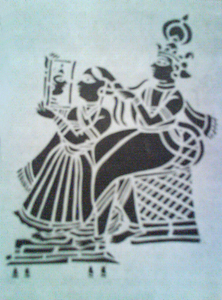
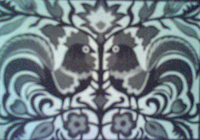
In different names
Paper cutting art is in practice, in many nations. Almost all of them got developed as folk arts. Every nation has its own name for this art. China and Japan call it Kirigami . It also has names such as Kipi-e, Man-kiri, San-shi or Jian-zi. In Poland, it is Vichinanki, In Spain, it is called Papel Pikado. In France, it is Dekopar. Americans call it Pepitomania. In India, it is Sanzi.
Like the names, the design formations too, get varied. Kirigami has more folds. Chinese also cut designs with or without folding the paper. Japan and China have designs related to geometry and lifestyles of people. The bird, cock is highlighted in the designs made in Poland. In Mexico as well as few other nations, instead of folding the paper, the copies of these designs are cut on 50-60 pieces of paper, using a slim chisel and hammer.
Indian paper craft artists use color paper to cut designs over them. In some places, the main copy itself is stuck with several colorful paper pieces or the main design itself is painted to make it look more colorful.
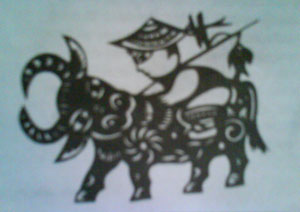
Sanzi in traditional and religious activities
After the stories of Radha and Krishna, lord Ganesh, Hanuman, Parvathi, Kathyayini, Durga and other gods and goddesses also entered the designs.
The art was limited to the traditional and religious activities. So, this might be the reason for Sanzi to remain as decorative design within the temple premises. The secrecy of this handicraft was maintained by the experts. The tools were never made public. This has made Sanzi in India to be much like a stagnant water. Any art without more publicity will disappear from the scene as time passes by. The experts who got the knowledge of this art through generations have slowly given up. They are taking up other professions to make up their living.
Sanzi now exists as designs created over handloom clothes, sarees and screen varieties. It also exists in Bindi of women(Bindi is a mark of hindu tradition. Mostly, women in South asia wear it on their forehead).
Handloom works of Haryana and Rajasthan contain Sanzi design styles. The mehendi designs drawn on the palms, forearm and legs are nothing but Sanzi designs. The professional greeting card designs include Sanzi in their creation. Some village women are unknowingly trying to preserve this art by including it in their daily life, as a hobby.
The revival!
Ganjifa was also an art form that got its revival due to its introduction by some artists in the last decade. It was totally a forgotten art. A few Indian artists are trying to modify the Sanzi art. They are striving to give a modern look to this art. Prabal Pramanik is one such artist. He has taken this art to foreign countries. He has done documentary presentation and gave lectures before the public, there. Through his Art Academy, close to Himalayas, he has shown possibilities of utilizing it for the animated movies. He is the only person who works hard to popularize this art, within and outside the country. Lavakumar Soni, Mohan Varmi, Prasad are a few who are quietly following his footsteps. Short film director, Dhwani Desai has started producing movies with Sanzi designs in background. Delhi Craft Council, in Delhi is striving hard for the art’s survival. Indian Sanzi is also introduced by foreigners to other nations, by creating different designs on coffee mugs, tea trays, lamp shades etc. They have given new dimension to Sanzi by trying to commercialize this art. Karnataka state also has many artists trying to keep this art alive, by introducing it in the form of paper craft.
S.F. Hussaini, a person keen to preserve Sanzi says, Sanzi art was developed by our own folks. It doesn’t need to be highlighted anywhere. Our folks, the creative artists since centuries had never been to Japan, Mexico, China, Poland, Spain or Germany. They had never heard these country names. This art has fully bloomed in the traditional backgrounds of India. This is an argument produced by him.
Since a long time, there were families actively involved in this handicraft. But they never passed on this art to the later generations like in Japan and China. People of China and Japan, preserved this art by passing on this art and publishing books on this subject. They have introduced the art to other nations that showed an interest in this art form. A World Conference on paper craft also took place.
Sanzi or any other designs which was developed following this art, always needs to be preserved and improvised. Being the part of tradition, this art has gained the prominence automatically.



